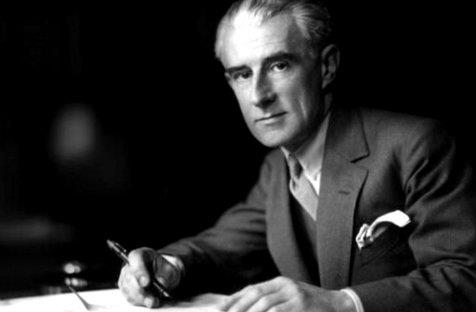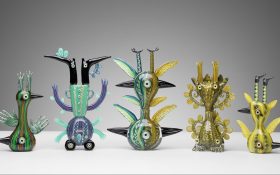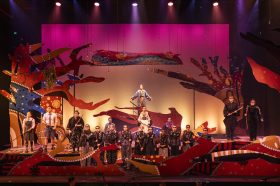For the second of their three concert series at the Melbourne Recital Centre, Seraphim Trio paid tribute to the composer deemed ‘the great illusionist’, Maurice Ravel. The concert was also notable for two other features: a rare opportunity to hear members of the trio in different configurations and the inclusion of a new work by Benjamin Martin, the only Australian composer to be included in this year’s series.
A re-ordering of the program placed Ravel’s Sonata for Violin and Cello as the opening piece, further emphasizing the fascinating possibilities of this relatively unusual combination. Helen Ayres on violin and Tim Nankervis on cello gave a fine account of a work demanding the expressive range of larger forces. A lightness of touch, sense of playfulness, atmospheric airy harmonics and a lovely meditative melodic line for cello in the Lent movement were satisfying elements of playing that always ‘spoke’. A sense of vitality and forward momentum were present even when Ravel’s scoring was at its most sparse.
Anna Goldsworthy’s remarkably fluid playing of Jeux d’eau simply sparkled. Ravel stipulated that the work should be played ‘in the way you play Liszt’ and Goldsworthy supplied the breadth and depth that could be expected; but the chief impression was of water catching the light in diamond-bright sprays.
The trio came together as such for Martin’s Cartoon, a work commissioned by Stewart Jackel to celebrate his mother’s 95th birthday. Nearly as surprising as the choice of birthday present was how well this new work fitted into a program of music by Ravel. According to the program, Martin was inspired by the cartoon’s immediacy of expression and the way the material evolves in plain view. The three continuous parts of Cartoon move from ‘lyrical and polyphonic’ to ‘contemplative’ and finally to ‘whimsical and occasionally sardonic’. While some of the particular brand of dissonance and use of line and instrumental colour is in keeping with Ravel’s style of composition, it is not derivative; Martin has his own distinctive voice. His music is inventive, accessible and marked by a sense of humour. The unexpected, jazzy ending provided an amusing defiance of expectation. Having already performed the piece at Montsalvat a few days earlier in the presence of the composer, the players could be given some useful feedback for a work that contained some challenges. Nankervis described it as akin to ‘rubbing your stomach and patting your head at the same time’. In the event, this sometimes deceptively simple piece was given a most eloquent reading. I’m sure Alma Jackel would have been highly gratified by this musical tribute.
The program concluded with Ravel’s wondrous Trio in A minor. Ravel’s musical imagination calls for considerable virtuosity. Drawing on the short syncopated rhythms of Basque folk music, Malayan verse forms and, for the Passacaille, Baroque dance, he uses only three instruments to express an enormous range of musical effects and sentiment – all of which Seraphim Trio conveyed with unflagging energy and skill.
During the course of the evening, each member of the trio gave a short personal comment about one of the works, underlining a connection with the music that encouraged the audience to respond more fully to the musical experience. Even without any verbal component, however, the playing in itself was all that was needed to astonish, delight and move.
Rating: 4 stars out of 5
The Illusionist
Seraphim Trio
RAVEL Jeux d’eau
RAVEL Sonata for Violin and Piano
MARTIN Cartoon
RAVEL Piano Trio in A minor
Melbourne Recital Centre
1 May





